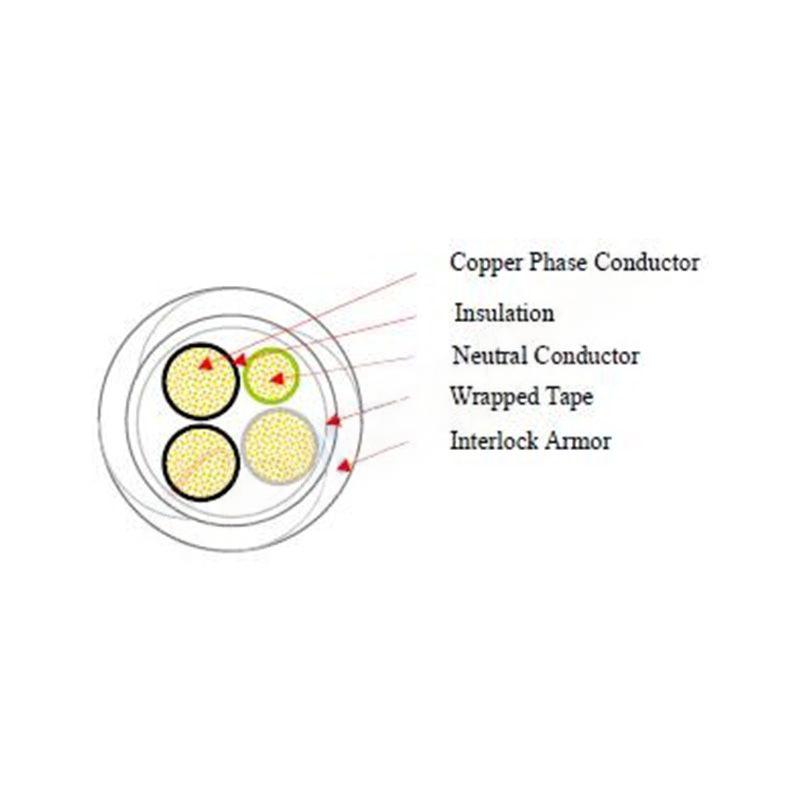ಡಿಸೆ . 07, 2024 00:55 Back to list
industrial check valve
Understanding Industrial Check Valves Functionality and Applications
Check valves are essential components in many industrial applications, designed to allow fluid (liquid or gas) to flow in one direction while preventing backflow. This functionality is crucial in various systems to maintain efficiency, safety, and operational integrity. Among the various types available in the market, industrial check valves stand out due to their robust construction, ability to handle high pressure, and suitability for various fluids.
What is a Check Valve?
A check valve, also known as a non-return valve, is a mechanical device comprised of a body, a disc, and a seat. The body is where the fluid flows, while the disc moves to open or close the valve depending on the pressure difference across it. When fluid flows in the intended direction, the pressure lifts the disc, allowing fluid to pass through. Conversely, if the flow attempts to reverse, the disc closes, effectively stopping backflow.
Types of Industrial Check Valves
Industrial check valves come in several designs, each suited for specific applications
1. Swing Check Valves These are one of the most common types, featuring a hinged disc that swings open with the flow of liquid and swings closed against the seat when the flow reverses. They are ideal for applications where the pressure varies significantly.
2. Lift Check Valves These valves incorporate a disc that lifts off the seat when there is forward flow, providing minimal pressure drop compared to swing check valves. Lift check valves are often used in pump discharge applications.
3. Ball Check Valves In these valves, a ball moves within a spherical seat. The ball seats itself during reverse flow, effectively preventing backflow. They are typically used in applications with relatively low-pressure systems.
4. Dual Plate Check Valves Featuring two plates that pivot on a hinge, dual plate check valves are compact and lightweight. They provide quick closure and are often found in high-flow applications, including water supply systems.
Applications of Industrial Check Valves
Industrial check valves are utilized in a wide array of systems across various industries, including
industrial check valve

- Oil and Gas In oil and gas extraction and transportation, check valves prevent backflow and protect equipment from reverse pressure surges.
- Water and Wastewater Treatment In water supply systems and treatment facilities, check valves are critical in preventing contaminated water from flowing back into clean water systems.
- Chemical Processing Check valves ensure the safe handling of chemicals by preventing backflow that could lead to contamination or hazardous reactions.
- Power Generation In power plants, check valves are used in cooling and boiler feedwater systems to maintain proper flow and prevent system failure due to back pressure.
Choosing the Right Check Valve
Selecting the right check valve for an application involves considering several factors
1. Fluid Characteristics Understanding the nature of the fluid—its viscosity, temperature, and corrosiveness—is essential in selecting a valve material and type.
2. Pressure and Flow Requirements The operating pressure and flow rates dictate the size and valve type, ensuring optimal performance without unnecessary pressure drops.
3. Installation Environment Considerations such as the piping configuration, available space, and whether the valve will be exposed to harsh conditions can influence material choices and design.
4. Maintenance Needs Some check valves require more maintenance than others. Choosing a valve that fits the maintenance capabilities of the facility can improve operational efficiency.
Conclusion
In summary, industrial check valves play a vital role in ensuring safe, efficient, and reliable operation across various systems. By allowing fluid to flow in one direction while preventing backflow, these devices not only protect equipment but also enhance overall system performance. Understanding the types, applications, and selection criteria for check valves enables industries to make informed choices that align with their operational needs. As technology advances, the design and materials used for check valves will continue to evolve, ensuring even greater reliability and efficiency for industrial applications.
Share
-
Advanced Technology in Wire and Cable FactoryNewsAug.19,2025
-
Applications of Ball Check Valve in Water Treatment PlantsNewsAug.19,2025
-
How Osy Gate Valve Ensures Leak - Tight SealingNewsAug.19,2025
-
Selection Criteria for Wafer Type Butterfly ValveNewsAug.19,2025
-
Threaded Ball Valve Pressure RatingsNewsAug.19,2025
-
Y Strainer PN16 Cost - Effectiveness AnalysisNewsAug.19,2025


